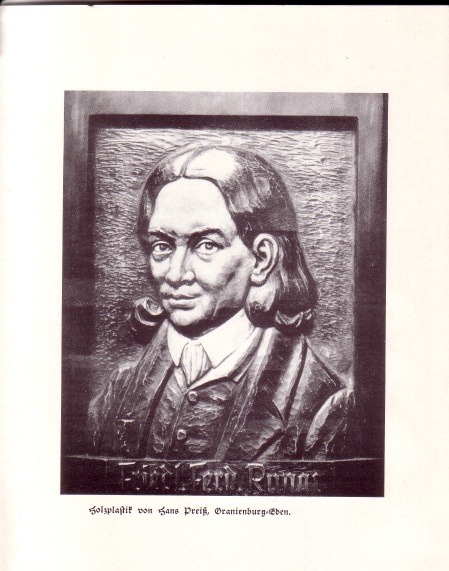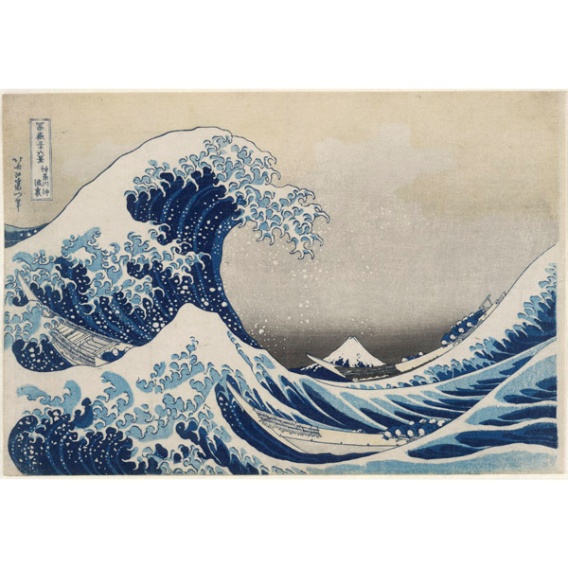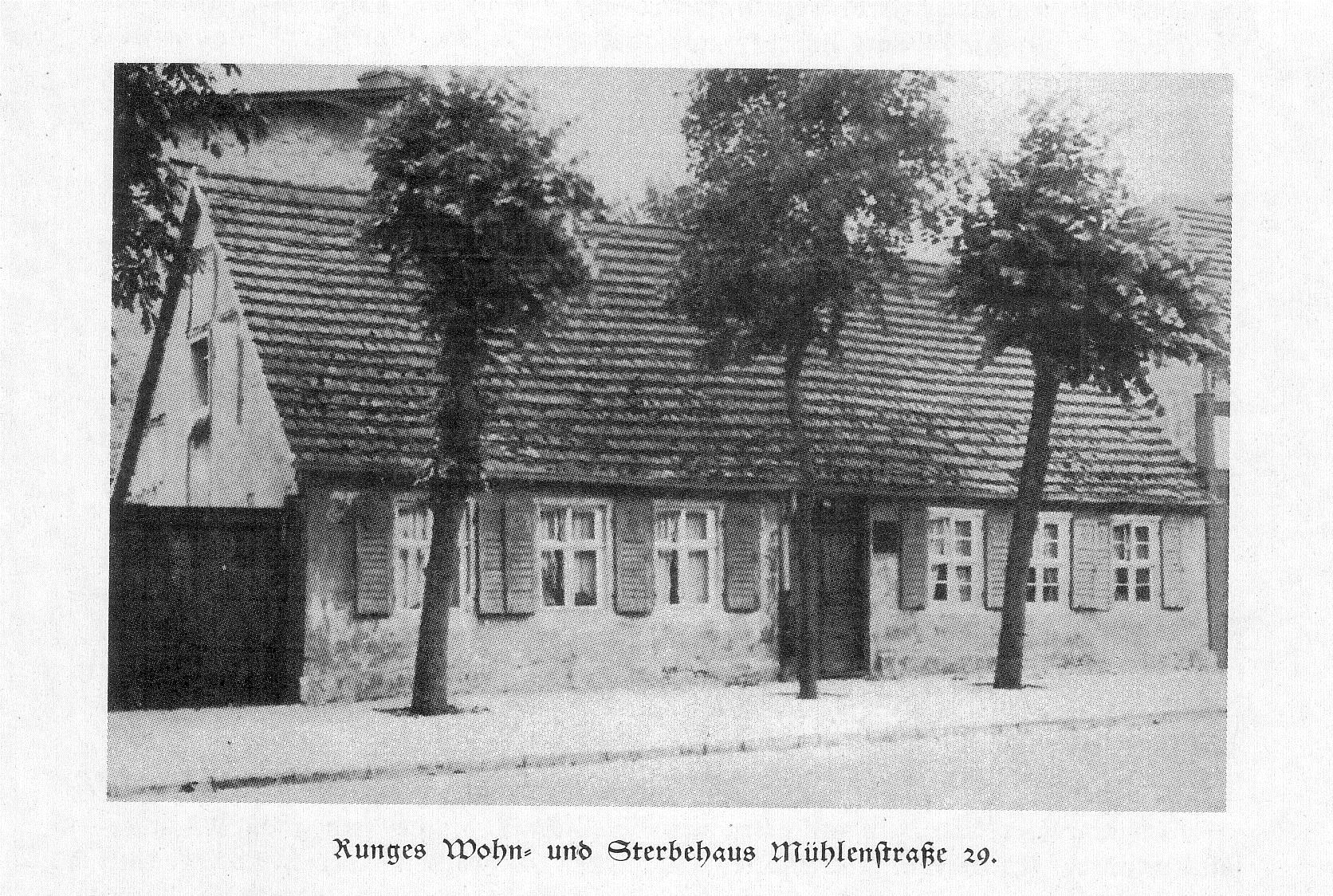
The Oranienburg company outside Berlin, where my father worked before emigration, was the twentieth-century descendant of one started by the chemist Friedlieb Ferdinand Runge, mentioned briefly in my father’s short memoir:
A famous German chemist called Runge worked here on the same premises where later a chemical works was built. He was a distinguished scientist of the early 19th century, who discovered a large number of basic chemicals, among them phenol, aniline and atropin. He also discovered caffeine from a box of coffee beans which Goethe gave him as a curiosity. In 1832 he started a chemical company producing the first candles from stearin. This firm, after a number of name changes, became the Oranienburger Chemische Fabrik, ORACEFA or OCF for short, the company for which I worked. The house in which Runge had lived and worked was a well-preserved museum piece on the premises of the company, which was always very proud of its historical background.
As I have discovered more recently, in connection with my developing interest in Manchester’s history in textile production, Runge was the first to produce synthetic blue, the product of his researches on coal tar in 1833. He named it ‘cyanol’, blue oil. Its other name, given by a researcher in 1841 who had produced the same substance by treating indigo with caustic potash, was aniline. This was the beginning of the aniline dye industry, so crucial in textile production through the nineteenth century. The person generally credited with the discovery of aniline dyes is William Perkin, who in 1856, at the age of eighteen, produced, in the course of his experiments with coal-tar aniline, the first usable synthetic colour – mauve. After this, the possibilities of synthetic colour expanded, and the new colours multiplied. There were enthusiastically taken up by the thriving textile industry. Perkin went on to discover and market other dyes, and received many honours, including a knighthood. He retired a very wealthy man. But Runge, with one or two other earlier researchers, is there in the background, as Simon Garfield relates:
By the time Perkin found mauve, aniline had been linked with colorants and colour-producing reactions for thirty years. The liquid had first been discovered by the Prussian chemist Otto Unverdorben in 1826, one of several products isolated from the distillation of natural vegetable indigo. Some years later the chemist Friedlieb Runge obtained it from the distillation of coal-tar, and found it gave a blue colour when combined with chloride of lime. But such colours were considered to have no practical use.
Colours, especially blues, had been synthesized artificially for many years – millennia, in fact. Egyptian blue was in use before 2000 B.C.; according to Philip Ball, this was a blend of calcium oxide, copper oxide and silica. In the early eighteenth century, a scientist called Diesbach, trying to make red paint, accidentally produced a new blue. This mixture, iron ferrocyanide, was named Prussian blue. (None of those who record his discovery seem to know his first name.) Over a hundred years later, Prussian blue was to prove of great importance in Japan, where it was known as berorin-ai, and notably in Hokusai’s iconic, and greatly influential, 1831 print, The Great Wave, which uses three shades of Prussian blue for the water and indigo blue for the outlines and the text.

But what was radically new was the growing understanding of the structure and composition of the materials. In other words, the rise of the chemical industry. Later, other dyes were added to aniline dyes – alizarin (a red from the madder plant) and azo dyes. And through those nineteenth-century decades the traffic between Germany and England was particularly fascinating (a subject, of course, of personal interest to me, given my father’s experiences a century later). The first great chemists were in Germany, and notably at Justus Liebig’s laboratory at the University of Giessen. Simon Garfield quotes Liebig’s own assessment of England’s deficiencies in the early part of the century, speaking at the British Association meeting in 1837: ‘England is not the land of science… There is only widespread dilettantism, their chemists are ashamed to be known by that name because it has been assumed by the apothecaries, who are despised.’ The establishment of the Royal College of Chemistry in London in 1845 was inspired by Liebig’s lectures (whose fans including the prime minister, Robert Peel, ‘who expressed personal interest due to his family’s involvement in calico printing’). The first director of the College was August Wilhelm von Hofmann, who had studied in Giessen. By the 1860s, German scientists were moving to England, and specifically to Manchester and its surrounds, employed by textile companies to develop their dyes. Hofmann predicted that England would become ‘at no distant date .. the greatest colour producing country in the world.’ Hofmann continued: ‘nay, by the strangest of revolutions, she may, ere long, send her coal-derived blues to indigo-growing India, her tar-distilled crimson to cochineal-producing Mexico and her fossil substitutes for quercitron and safflower to China and Japan.’ In fact this was already the case by the time he wrote this, in his report on the 1862 International Exhibition in London.
The story of blue ends, for now, in Manchester, which suits me very well. Some of the most important chemists lived and worked here in the mid to late nineteenth century: Lyon Playfair, Frederick Crace-Calvert, Henry Edward Schunck, Heinrich Caro, Ivan Levinstein, Charles Dreyfus. Some started their employment in the textile industry, often brought over from the Continent by the calico printers or simply deciding to come because of the opportunities linked to the industry. Some started, or joined, laboratories in the new Owens College (later the University of Manchester). And some started their own chemical factories (Roberts, Dale and Co., Clayton Aniline, Levinstein & Sons). New colours were discovered and produced in Manchester, including Manchester Brown and Manchester Yellow in the 1860s. As R. Brightman put it in 1957, ‘Manchester can fairly claim to be the home of the first attempts to synthesize new dyestuffs to meet the growing demands of the expanding textile industry for fresh supplies of colour, and speedier and simpler methods of applying them’. There are also, in these developments, some blues in Manchester, for example Ivan Levinstein’s Blackley Blue of 1869-70. Robert Kargon records Crace-Calvert taking out patents in the 1860s for new colouring matters, including Azurine (blue) from aniline and its homologues.
In 1938, my father’s belated departure from Germany was possible because of a new chemical company, Lankro Chemicals, founded in Manchester by another German-Jewish refugee. Heinz Kroch had known my father at university in Freiburg and gave him the job which enabled him to emigrate. It was not a company involved in work for textile production, but its very existence was due, I think, to the history of the chemical industry in Manchester.

